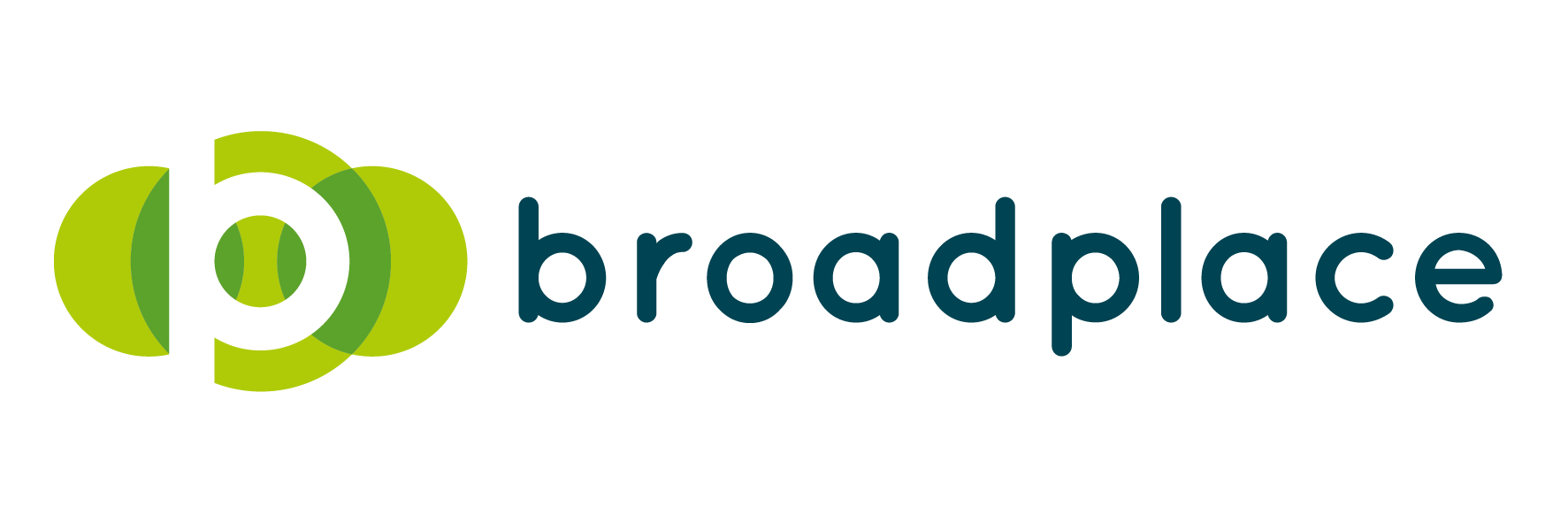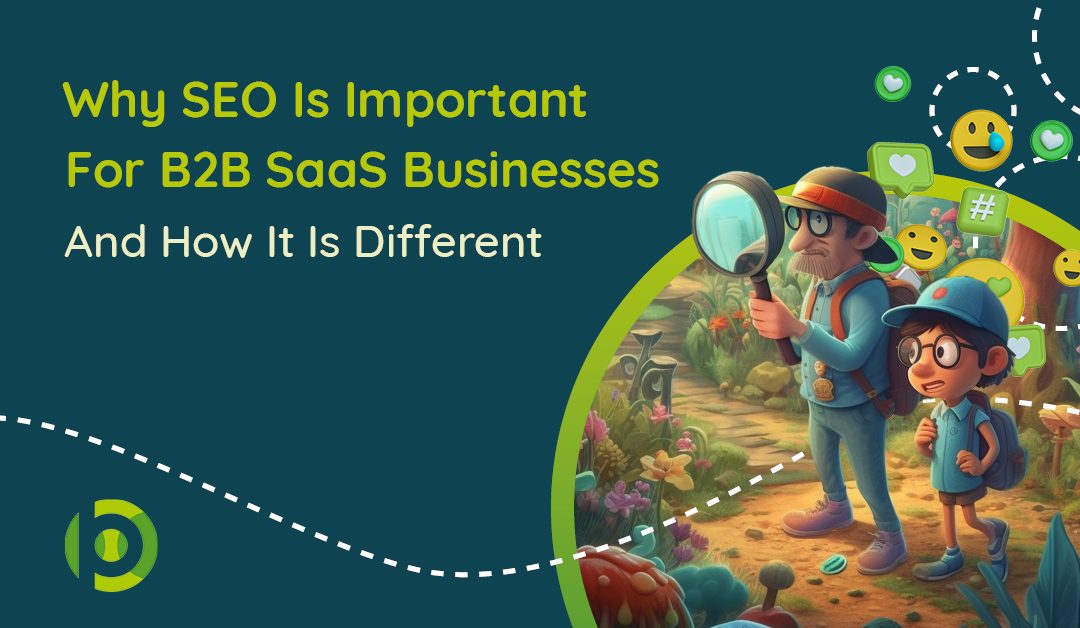Are you looking to grow your B2B SaaS business? Then let me tell you something: Search Engine Optimisation (SEO) is not just important, it’s crucial! A solid SEO strategy can make or break your company’s long-term success.
Without a good SEO strategy, your website may struggle to attract organic traffic, relying solely on paid advertising that can be costly and unsustainable in the long run. It’s like renting a house instead of buying one – you may enjoy the short-term benefits, but in the long run, you’ll end up paying more and have nothing to show for it.
In this post, we’re going to dive into why SEO is essential for SaaS businesses and how you can create a winning SEO strategy that is tailored to the unique needs of your business. So, buckle up and get ready to learn how to take your SaaS business to the next level through the power of SEO!
What Is SEO, And How Does It Work?
SEO is a process that aims to improve a website’s visibility on search engines like Google. Search Engines work by crawling and indexing pages on the internet, deciding which pages to include in their index, which is basically a giant database of websites, and then choosing the best ones to return for your query based on their authority, quality and relevance.
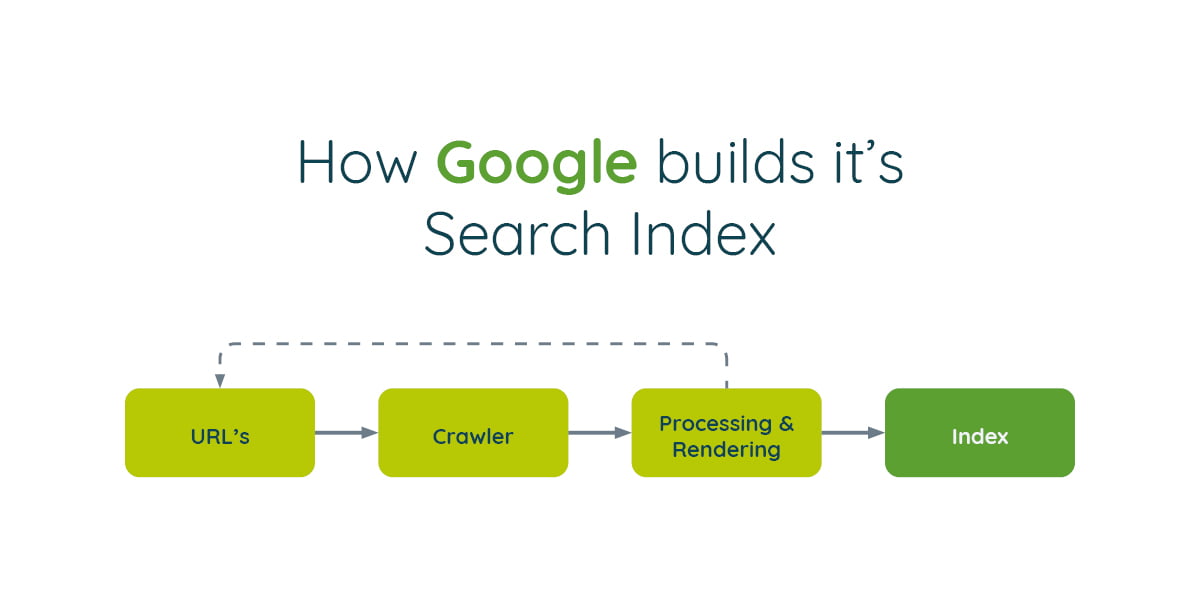
Why Is SEO Important For SaaS Businesses?
SEO is traditionally a key part of any solid marketing strategy, but for B2B SaaS companies, it is even more necessary.
Many B2B SaaS sites struggle to receive consistent traffic and bring in quality leads from their website, and this is especially true in the early stages of launching the business.
Below, we have listed some of the key reasons why SEO is vital for B2B SaaS companies.
1. PPC Spending Can Be Inefficient
In the early stages, many SaaS sites rely on paid advertising (PPC), and whilst this can be beneficial in the short term, it can also have some issues.
The biggest is that it can be inefficient. With most SaaSs built around niche solutions for niche problems, the majority of searches around them are either longtail with low volume or don’t even exist yet. That means that sometimes the algorithm doesn’t always have the volume to learn from, and it can take a while to understand what works, wasting budget as it does this.
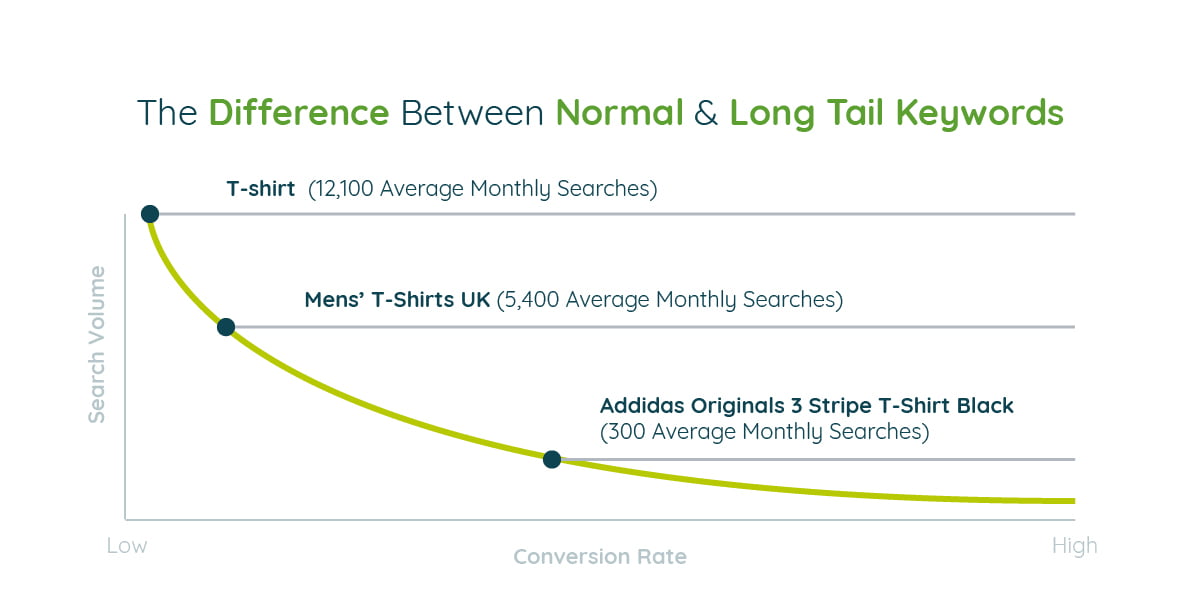
2. SEO Converts At A Higher Level
Typically, PPC campaigns are centred around specific products or services, with a single budget allocated to all related keywords.
However, this strategy can potentially result in lower-quality traffic to the site, with high-volume keywords receiving a disproportionate amount of the budget, leaving fewer resources for high-intent, lower-volume keywords. The end result is that the budget may be wasted on non-converting keywords, leading to a much higher cost-per-lead.
In comparison, SEO generates a significantly higher quality of traffic. According to WebFX, 14.6% of all SEO leads result in closure, as opposed to 1.7% of outbound leads. By focusing on targeting high-intent long-tail keywords, you can effectively implement an SEO strategy that draws top-quality traffic to your site organically.
3. You Can Target Every Section Of The Funnel With It
SEO is an incredibly versatile tool that can be used to target every section of the marketing funnel, from the initial awareness stage to the final decision-making stage.
At the top of the funnel, SEO can be used to attract new visitors and generate brand awareness by creating content that addresses the needs and pain points of your target audience.
Moving down the funnel, you can generate interest and consideration among your target audience by creating content that provides value and addresses specific pain points.
You can drive engagement and build trust by providing high-quality content that is useful, informative, and engaging, you can keep your audience engaged and interested in your brand.
Finally, at the bottom of the funnel, SEO can be used to drive conversions and sales. By optimising your product pages and landing pages for relevant keywords, you can ensure that your target audience finds your products when they’re ready to make a purchase.
4. Creating Content Can Help To Improve User Retention
When it comes to B2B SaaS sites, user retention is crucial. You want to keep your users engaged with your tool and ensure that they continue to see its value over time. One way to do this is by creating content that gives users the information they need to get the most out of your tool.
Content such as tutorials, FAQs, and troubleshooting guides that address common issues and questions that your users might have can help to reduce frustration and ensure that your users have a positive experience with your tool.
You can also optimise your content for relevant keywords, which can make it easier for your users to find the information they need. This can improve user satisfaction, reduce support requests, and demonstrate your commitment to providing excellent customer support.
Why SaaS SEO Differs from Traditional SEO
B2B SaaS companies face a unique challenge when it comes to SEO. Unlike consumer-focused businesses that can target broad keywords that often have high search volume, B2B SaaS sites often struggle to find search terms that are specific to their tool and have any search volume.
That means keyword research is completely different. Instead of digging around tools like SEMRush and Ahrefs, you will have to go right to the source – your audience. To find the topics and terms to target as part of the strategy, you’ll need to dig into everything from the forums and groups where they hang out online to customer service feedback and sales calls.
If you’re looking for an in-depth guide on how to mine forums for search terms, then we broke this down in more detail in our post on how to find content ideas for your blog.
How To Implement An Effective SEO Strategy For A SaaS Business
A comprehensive SEO strategy for a B2B SaaS typically involves several key elements, including:
- Landing page strategy
- Content strategy
- Link building
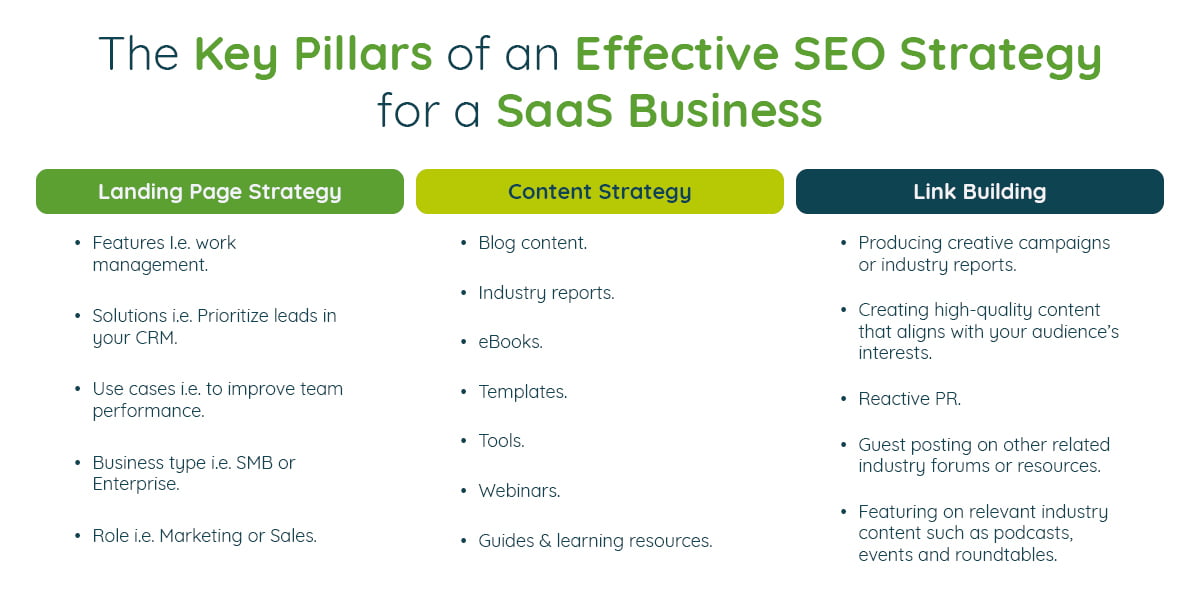
Content Strategy
Your content is a critical component of your SEO strategy for your SaaS site. To attract and engage your target audience, it’s essential to create high-quality, informative content that addresses their pain points and provides solutions to their problems. This can include blog posts, templates, whitepapers, and other types of content that help establish your brand as an authority in your industry. When creating content, it’s important to focus on incorporating relevant keywords and phrases that align with your target audience’s search queries and intent.
Link-Building
Another critical element of a successful SEO strategy for SaaS sites is link-building. In its basic form, link building is the process of trying to receive high-quality backlinks from authoritative websites. This can be done in a number of methods, including:
- Producing creative campaigns or industry reports that will be linked to by others within your industry.
- Creating high-quality content that aligns with your audience’s interests so that they naturally acquire links over time.
- Being reactive to any PR requests that relate to your niche from journalists looking for quotes.
- Guest posting on other related industry blogs or resources.
- Featuring on relevant industry content such as podcasts, events and roundtables.
The reason link building is so important is that it is one of Google’s key ranking factors, and high-quality backlinks can significantly improve your site’s search engine rankings and visibility. It not only helps to improve your site’s SEO but also helps to establish your brand as a thought leader within your industry.
Landing Page Strategy
Having a complete landing page strategy is another essential element of your SEO strategy for your SaaS site.
By creating targeted landing pages that align with your target audience’s search queries and intent, you can effectively drive traffic to your site and convert visitors into leads. This involves creating pages incorporating relevant keywords and phrases, clear calls to action, and effective design and layout.
Developing a successful landing page strategy for B2B SaaS sites can be challenging, as these products are often complex, and there is typically a lot of information to convey to users. Additionally, determining which landing pages to create can be difficult due to the limited search volume related to SaaS products or services.
If you found this post helpful, then take a look at our post on the essential landing pages that every SaaS site needs.
Conclusion
SEO is crucial for the success of B2B SaaS businesses. A solid SEO strategy can help to improve a website’s visibility on Search Engines, draw top-quality traffic to the site, and establish the brand as an authority in the niche.
B2B SaaS companies face unique challenges when it comes to SEO, including identifying relevant search terms and generating high-quality traffic.
Implementing an effective SEO strategy involves several key elements, including content strategy, link building, and landing page strategy. By focusing on these elements and incorporating high-intent keywords, businesses can effectively draw top-quality traffic to their site organically and increase their chances of generating high-quality leads.
